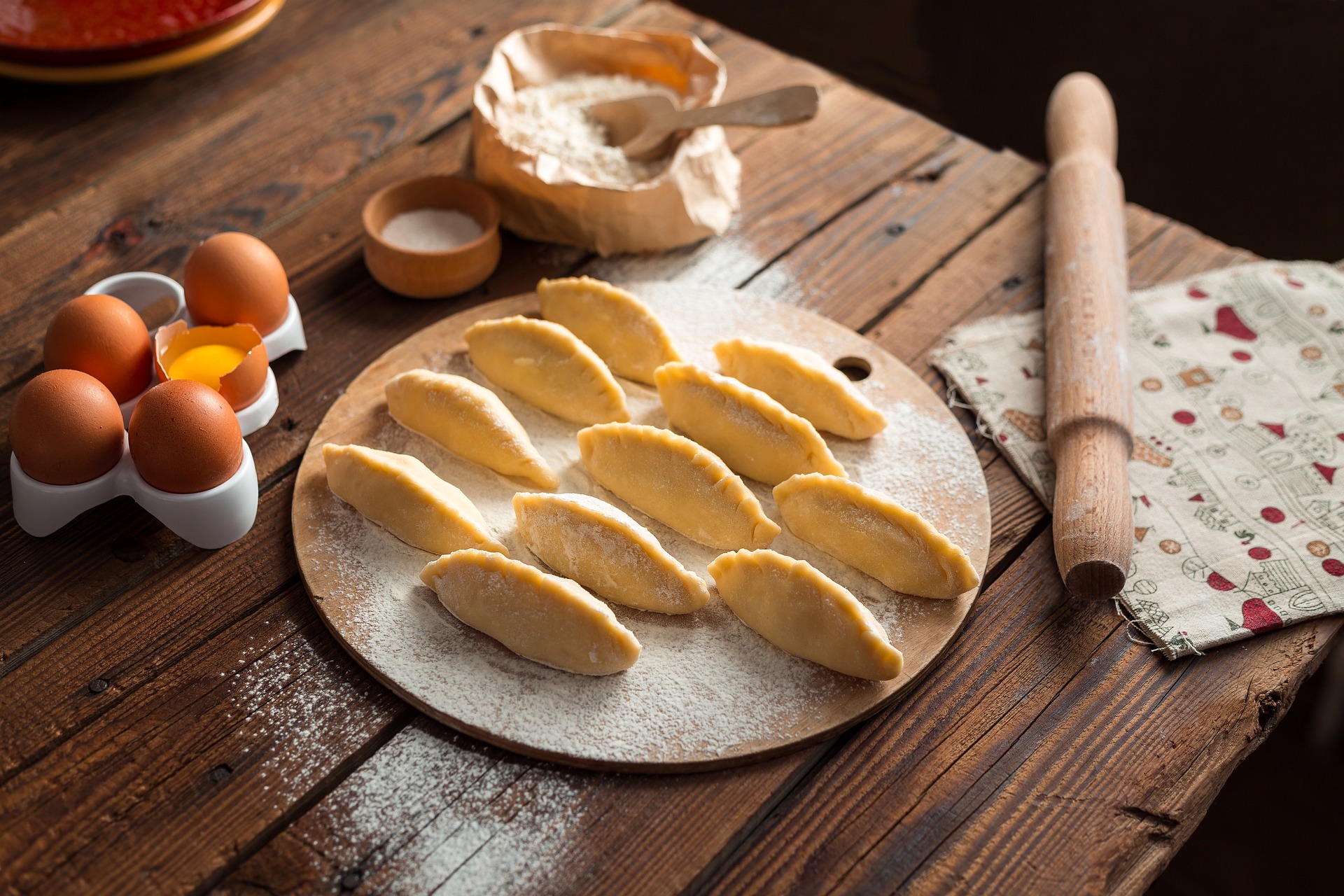Diving into the Flavorful World of Moroccan Cuisine
Tantalizing aromas, vibrant colors, and a rich tapestry of flavors – welcome to the exciting world of Moroccan cuisine. This article will take you on a culinary journey, introducing you to the unique dishes, ingredients, and cooking methods that make Moroccan food a gastronomic delight.

The Essence of Moroccan Cuisine
Moroccan cuisine is a delightful fusion of African, Arab, and Mediterranean influences. It’s characterized by the use of fresh fruits, vegetables, and meat, seasoned with an array of spices like saffron, cumin, and coriander. One of the unique aspects of Moroccan food is its balance of sweet and savory flavors, often in the same dish.
The Art of Moroccan Tagine
Tagine, a slow-cooked stew named after the earthenware pot it’s cooked in, is a quintessential Moroccan dish. It’s a perfect example of a one-pot meal, combining meat, vegetables, and a blend of spices. The conical shape of the tagine pot helps lock in moisture and circulate flavors, resulting in a dish that’s beautifully tender and rich in taste.
Moroccan Pastries: A Sweet Affair
Moroccan desserts are a delightful medley of flavors and textures. Baklava, a pastry made from layers of phyllo dough filled with nuts and sweetened with honey, is a favorite. Another popular treat is sfenj, a doughnut-like pastry that’s deep-fried and sprinkled with sugar.
The Moroccan Tea Culture
Tea is more than just a drink in Morocco; it’s a sign of hospitality, friendship, and tradition. Moroccan mint tea, also known as ‘Moroccan whiskey,’ is a green tea prepared with mint leaves and sugar. It’s typically served three times to guests, each brew signifying a different aspect of life.
The Rise of Modern Moroccan Cuisine
Today, Moroccan cuisine is experiencing a renaissance, with chefs reinventing traditional dishes with a modern twist. There’s a growing emphasis on local, seasonal ingredients, and a shift towards lighter, healthier versions of classic recipes.
-
Moroccan cuisine is known for its use of a variety of spices, including cumin, coriander, saffron, and turmeric.
-
Couscous, a type of semolina, is a staple food in Morocco and is often served with tagine.
-
Moroccan meals often start with a series of hot and cold salads, followed by a tagine or couscous dish.
-
Moroccan mint tea is traditionally poured from a height to create a frothy head, known as the ‘crown’ of the tea.
In conclusion, Moroccan cuisine offers an enticing blend of flavors, textures, and aromas. From the hearty tagines to the sweet pastries and the traditional mint tea, there’s a culinary adventure waiting for every food lover. So why not explore the wonders of Moroccan cuisine and embark on a gastronomic journey of your own?




